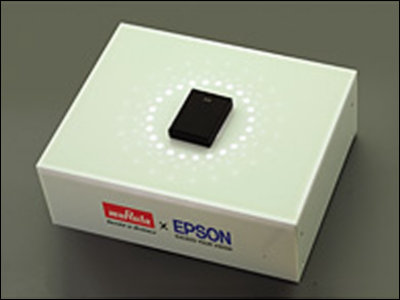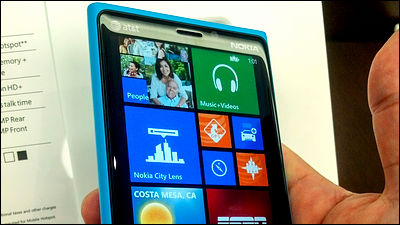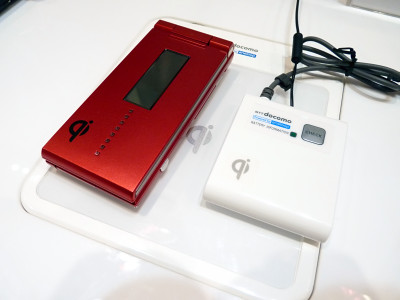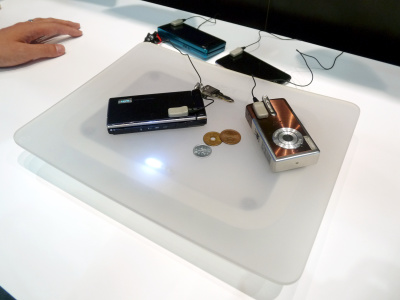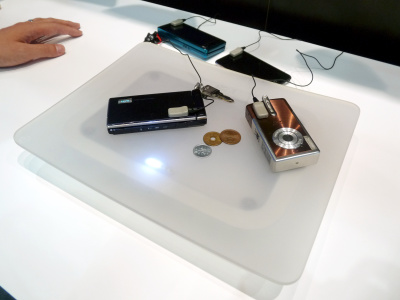Technologies capable of wirelessly charging multiple mobile devices simultaneously developed, mobile phones can also support

While all mobile devices such as conventional mobile phones, smart phones, portable game machines, digital cameras, etc. are spreading, charging of equipment is unchanged even when it passes. It is necessary to connect the AC adapter and the USB cable to the charging terminal and put it on the dock, but it is troublesome that it can not be charged when the connector is damaged.
However, technologies to realize high-performance charging devices that solve such problems, that can simultaneously charge small mobile devices like mobile phones wirelessly have been developed. It is unnecessary to worry about how to put the equipment, and just being able to charge just by placing it seems to benefit not only for mobile users but also for general users.
Details are as below.
Development of analysis and design technology for wireless power supply that enables high performance and miniaturization: Fujitsu
According to the press release announced by Fujitsu, analysis of power transmission and reception equipment applicable to multiple mobile devices of various sizes adopting "magnetic field resonance method" capable of wireless power supply without connecting a power cable · It is said that Fujitsu Laboratories developed the design technology.
An example of multiple feeding at a distance is like this. In addition to the lighting of the mini bulb located away from the coiled electric transmission device, the motor is also driving.
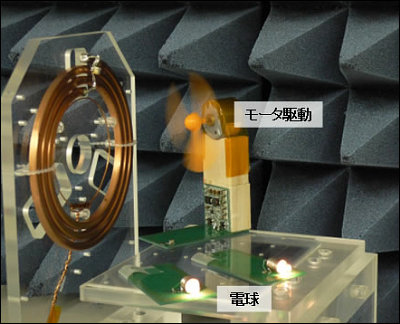
Explanation of wireless power feeding method. The "electromagnetic induction method" utilizing the electromotive force generated by the unity between the coils has been put to practical use in cordless telephones, etc. However, while it was necessary to align the power transmission side and the power reception side, the coil "Magnetic field resonance method" which transmits electric power by resonance of magnetic field by using as resonator can transmit electric power from several centimeters to several meters.
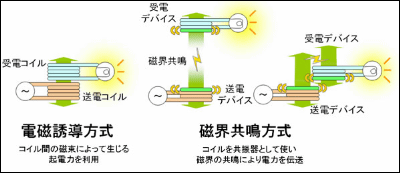
In addition, although the size of the coil was determined from the size of the equipment at the time of designing, and it was necessary to decide the capacity of the capacitor so as to be optimal for the transmitter / receiver device adopting the "magnetic field resonance method" There was a problem that the electromagnetic generated from the housing and the battery had a complicated influence on the power supply.
In order to analyze this effect, it takes about 24 hours only by a basic analysis, even if a general high-spec PC used for designing is used, and furthermore, it requires a small size The power transmitting and receiving device is susceptible to the surroundings and it is affected by the devices when trying to simultaneously supply various devices, and it is said that it takes time to analyze even more, which is a big bottle about practical application of wireless power supply It was a neck.
However, the time required for designing the power transmission / reception device of the magnetic field resonance type wireless power supply is drastically reduced to 1/150 of the conventional time while the small transmitting / receiving device which is easily influenced by the surrounding metal body and the magnetic body Even though there is, it seems that a technology has been developed that enables design to accurately match the aimed resonance condition.
A graph showing the charging efficiency of (1) when the optimum design is performed and (2) when not optimal. When optimization is not applied, you can see that you can hardly charge.
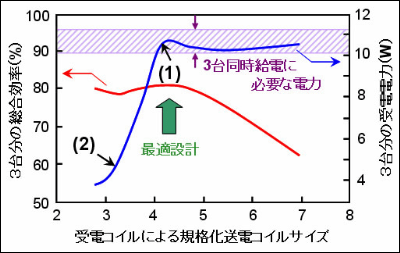
Also, actually, designing a compact and thin power receiving device and trial making and charging a cellular phone with built-in wireless power supply function resulted in 85% high power supply even though it could be powered at a free position within the power transmission range It is said that it achieved efficiency.
This is a prototype mobile phone. Two units can be charged at the same time.
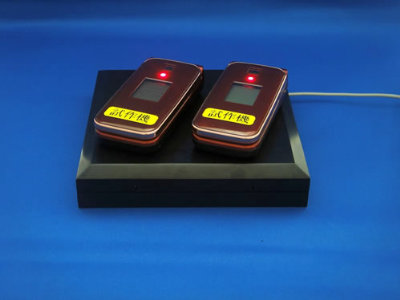
Fujitsu is researching and developing a wireless power supply system for mobile devices such as cellular phones by using the analysis and design technology developed this time, and is aiming for practical application in 2012.
Related Posts:
in Mobile, Posted by darkhorse_log

